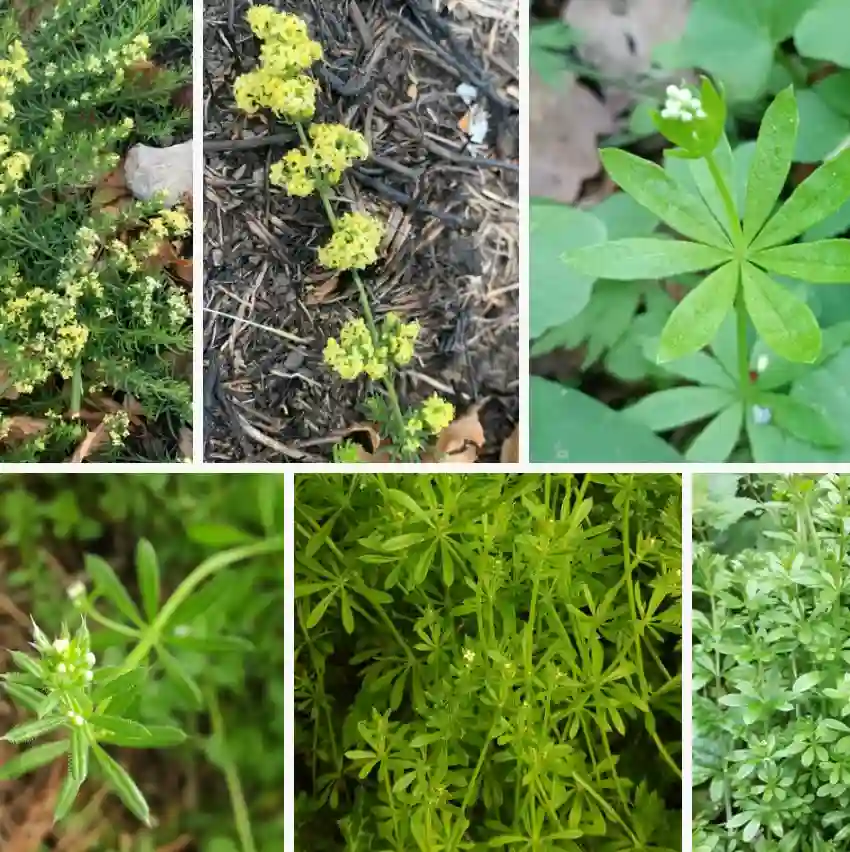What is Hoya Serpens?
For any houseplant enthusiast, the Hoya serpens holds a certain mystique. This climbing vine, with its captivatingly textured, deep emerald leaves, boasts not only stunning aesthetics but also a captivating challenge. Unlike its more forgiving Hoya cousins, the Serpens demands a specific care regimen to truly thrive. But for those willing to put in the effort, the reward is a truly unique and conversation-starting addition to their indoor jungle.
Having spent the past year cultivating my own Hoya Serpens collection, I’ve learned a great deal about its intricacies. In this guide, I’ll share my experiences and tips to help you cultivate this captivating climber in your own home.
566 Species in Genus Hoya
Hoya Serpens vs Mathilde
My Hoya Serpens is a charmer, for sure. Its leaves are the size of my pinky nail, these adorable little emeralds strung along delicate vines. But it can be a bit finicky. Growth spurts come and go, and flowering feels like a special occasion. I wouldn’t call it the easiest Hoya to keep happy.
Hoya Mathilde, on the other hand, seems to thrive on a little less fuss. Her leaves are a touch bigger than Serpens’, but still wonderfully compact. The best part? She puts out new growth consistently, and even surprised me with a cluster of sweetly fragrant blooms last spring. Maybe it’s the Hoya carnosa influence in her lineage, but Mathilde feels more forgiving of my occasional neglect.
Hoya Serpens vs Curtisii
Serpens might be slow, but Hoya Curtisii takes the cake for patience-testing growth. Don’t get me wrong, its tiny, pointed leaves are undeniably cute. But progress can feel glacial. Watering it feels like a constant tightrope walk – thirsty enough for growth, but not so much it gets grumpy.
Finding Your Perfect Hoya Serpens
Before diving into care, let’s talk about acquisition. Hoya Serpens can be a bit trickier to find than your average houseplant. Local nurseries might not always carry them, and online retailers can be hit-or-miss. Patience is key. Keep an eye out at specialty plant shops and online marketplaces frequented by Hoya enthusiasts.
How to care for Hoya Serpens?
Light: This is where the Serpens can be a bit particular. It thrives in bright, indirect light. Think sunny mornings with some dappled shade in the afternoon. South-facing windows can be ideal in cooler climates, while those in warmer regions might benefit from an east-facing window or filtered light. Avoid harsh, direct sun, as this can scorch the leaves.
Temperature: Mimic a warm, tropical environment. Aim for a consistent range between 65-80 degrees Fahrenheit (18-27 degrees Celsius). Drastic temperature fluctuations can stress the plant.
Humidity: Here’s where the Serpens truly shines. It craves high humidity, ideally above 60%. Grouping it with other humidity-loving plants, using a pebble tray, or investing in a humidifier can all be beneficial.
Watering Wisely with Your Hoya Serpens
This is perhaps the most crucial aspect of Serpens care. Unlike many Hoyas, it dislikes sitting in soggy soil. The key is to allow the soil to dry almost completely between waterings. A moisture meter can be a helpful tool, or you can stick your finger into the potting mix – if the top inch feels dry, it’s watering time.
When watering, give it a thorough soak until water runs out the drainage holes. This ensures the entire root system receives moisture. Avoid frequent light watering, as this can encourage root rot.
Choosing the Perfect Potting Mix
A well-draining potting mix is essential. Opt for a chunky mix specifically formulated for cacti or succulents. Perlite, orchid bark, and a touch of coco coir can create the perfect balance of drainage and moisture retention.
Climbing Companions for Your Hoya Serpens
The Serpens is a natural climber. Providing a moss pole or trellis allows it to showcase its cascading vines and promotes bushier growth.
When Does the Hoya Serpens Flower?
Blooming can be a bit of a waiting game with the Serpens. While some may flower readily, others might take a year or two to settle in before producing their star-shaped, sweetly fragrant blooms. Don’t be discouraged – with proper care, your patience will be rewarded.
Propagation: Sharing the Serpens Love
Sharing your Hoya Serpens with fellow plant enthusiasts is a joy. Stem cuttings are the most common propagation method. Select a healthy, non-flowering stem with a few nodes, and cut it just below a node. Plant the cutting in a well-draining potting mix and maintain high humidity. With patience and proper care, you’ll soon have a new Serpens on its way.
Troubleshooting Common Hoya Serpens Issues
Leaf curling: This can indicate underwatering. Check the soil moisture and water thoroughly when dry.
Yellowing leaves: Several factors can cause this, including underwatering, overwatering, or insufficient light. Assess your watering habits and adjust accordingly.
Slow growth: This is often a sign of insufficient light. Consider moving your Serpens to a brighter location.
The Final Bloom: The Reward of a Thriving Hoya Serpens
The Hoya Serpens might require a bit more TLC than some houseplants, but the rewards are truly worth it. From its captivating foliage to its fragrant blooms, this unique climber adds a touch of the exotic to any indoor space. So, with a little patience and these helpful tips, you can cultivate your own thriving Hoya Serpens and experience the magic of this captivating plant.
If i die, water my plants!



